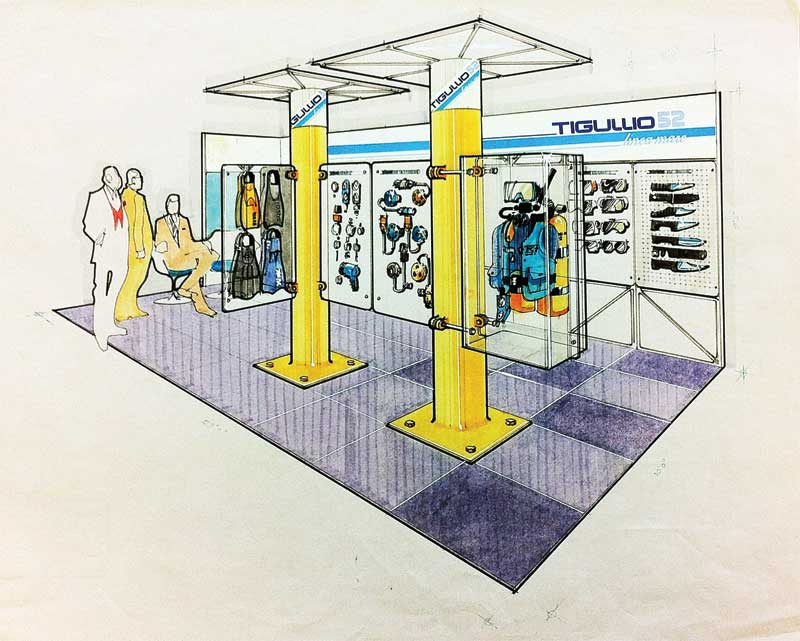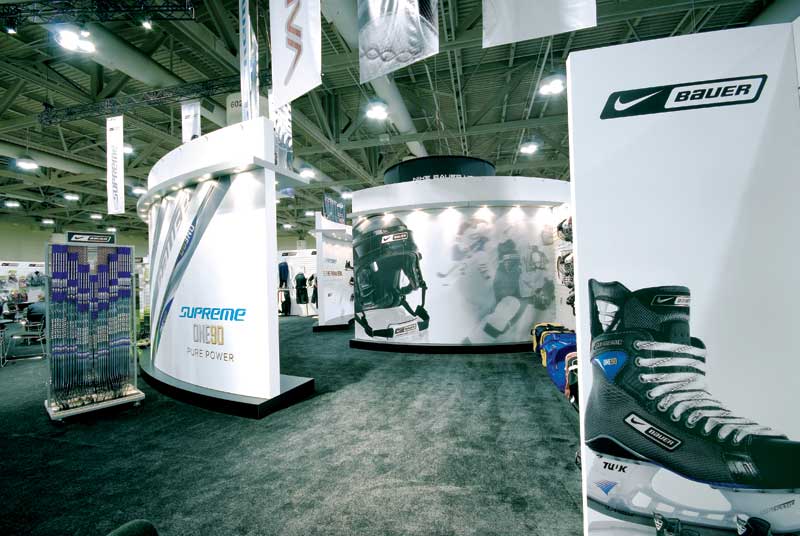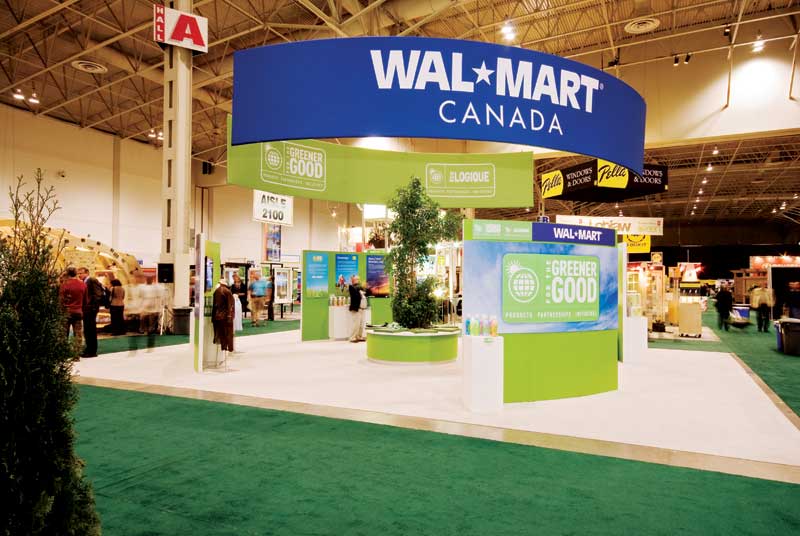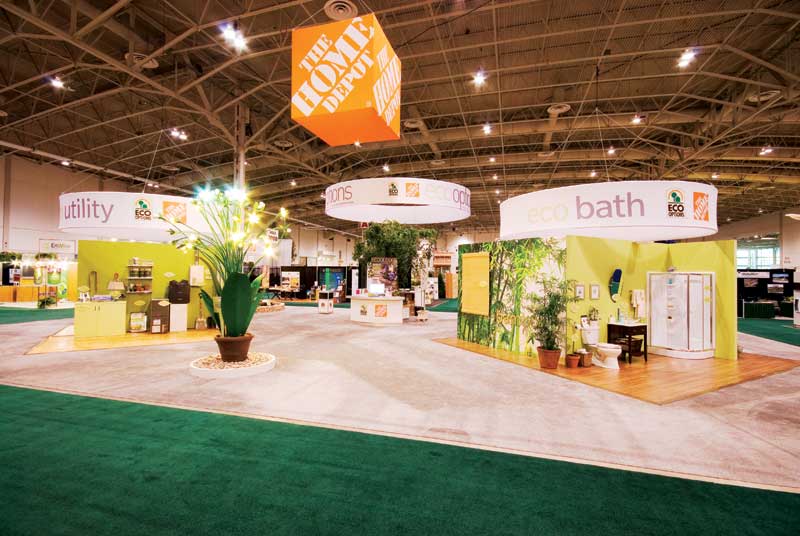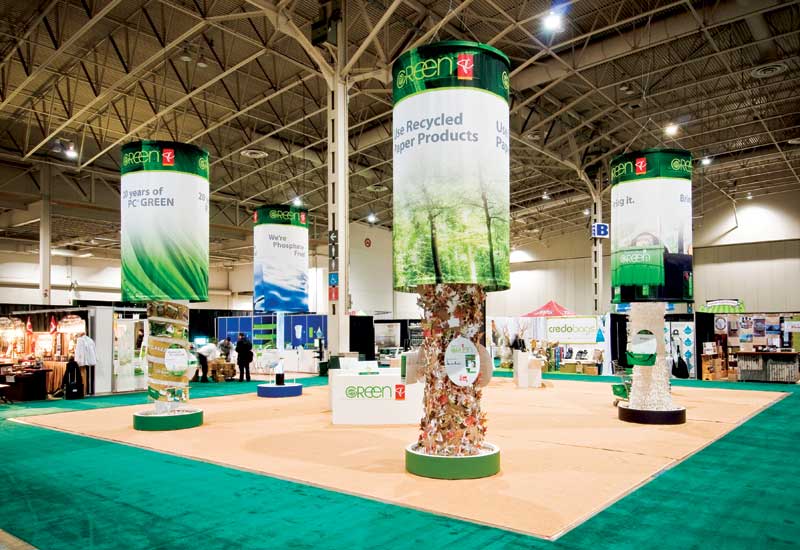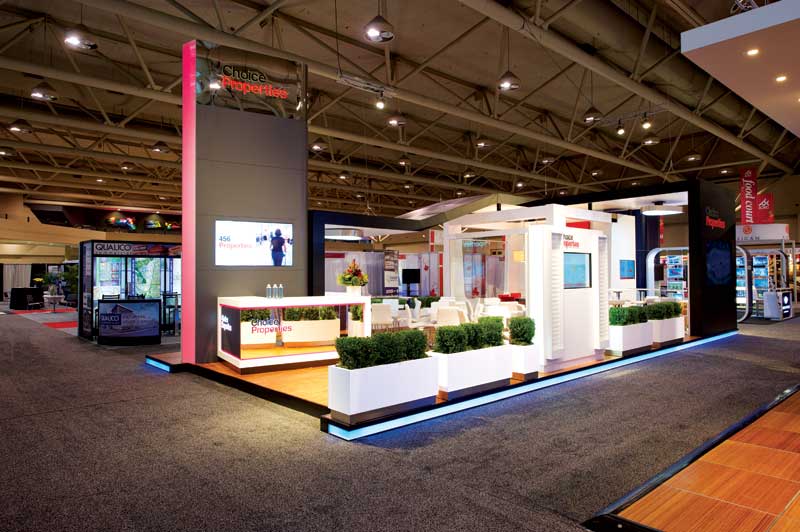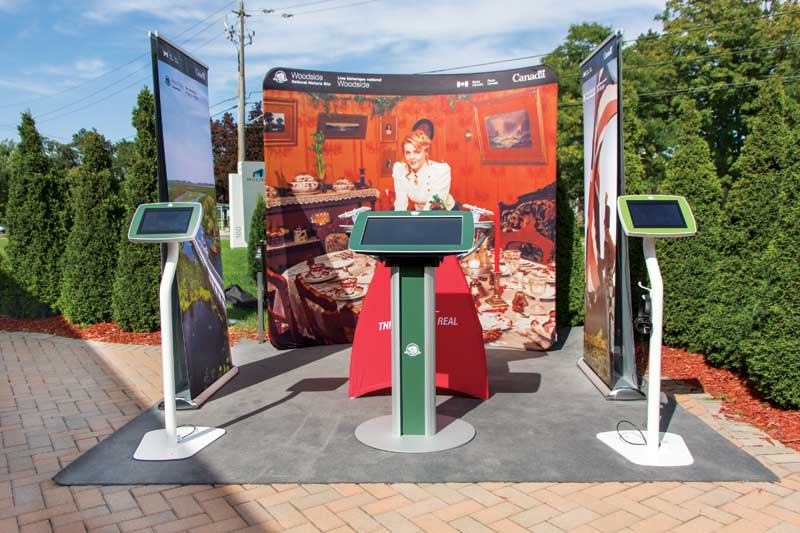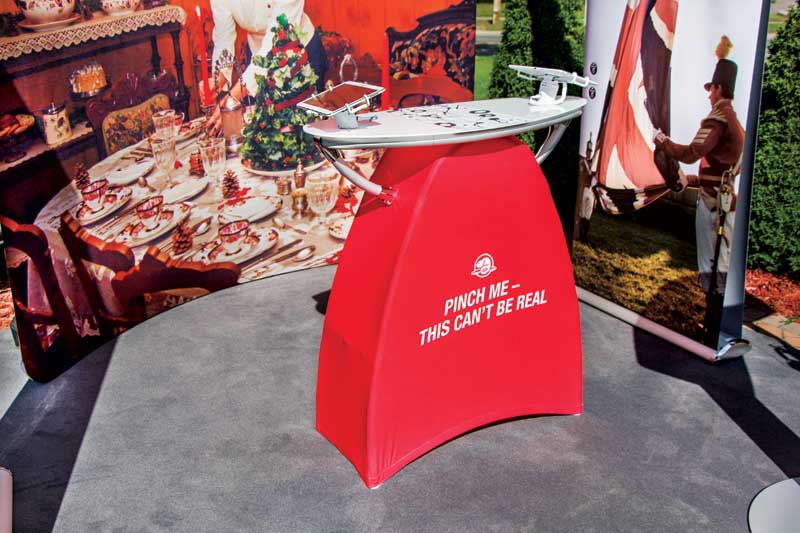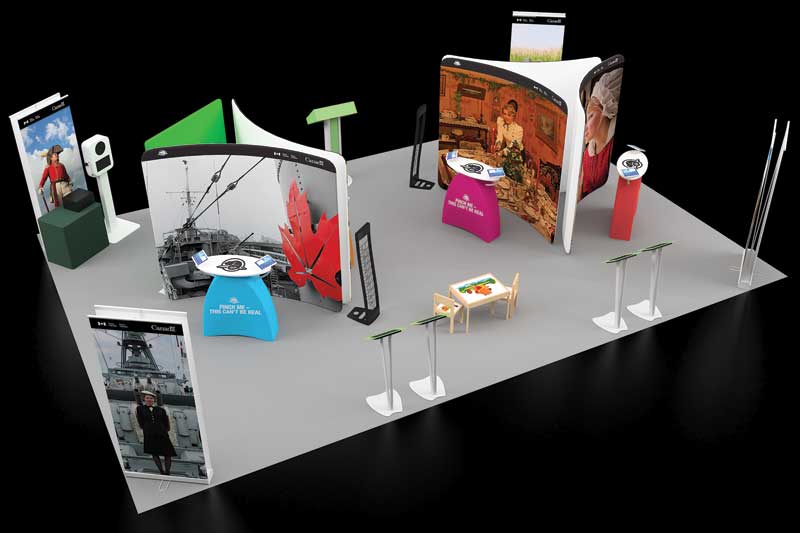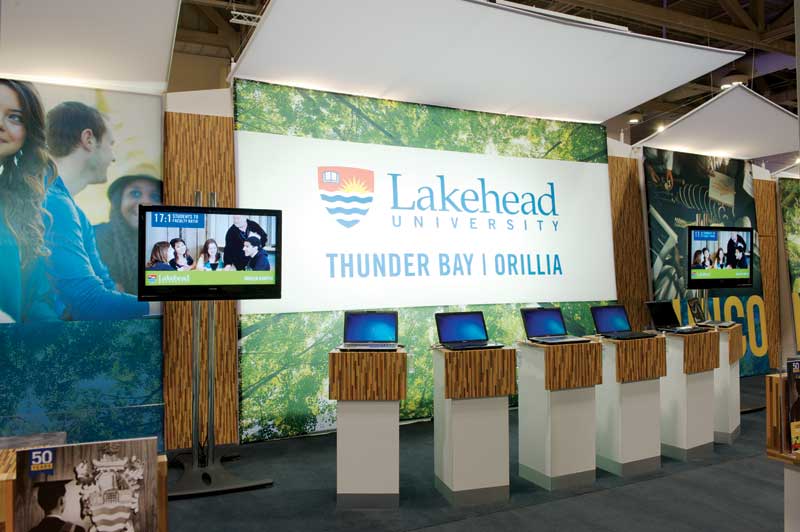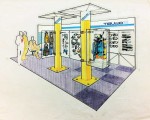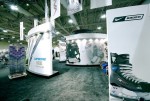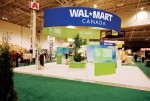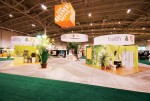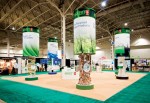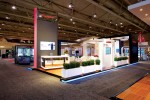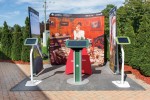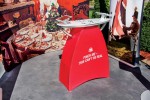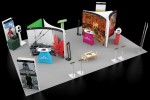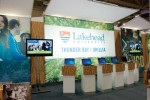Custom or modular?
In the past 10 years, the exhibitry industry has largely become divided into (a) custom designed and built booths and (b) portable modular display structures, which can be seen to represent two ends of the spectrum. An increasing number of companies, however, are combining elements of each trend to develop exhibits that are distinctively engaging, functional and cost-effective.
At the customized end of the spectrum, by way of example, Toronto-based real estate investment trust (REIT) Choice Properties commissioned a sleek, elegant booth to emphasize themes of quality, modernity and innovation (see Figure 6). The exhibit was fabricated using custom millwork and was characterized by high-end gloss and mirrored finishes, light-emitting diode (LED) illumination and integrated multimedia technologies.
At the other end of the spectrum, exhibitors are taking advantage of easy transport and setup for their modular displays. Parks Canada, for example, undertook a public outreach initiative with colourful exhibitry constructed entirely from modular hardware and fabric display systems (see Figures 7, 8 and 9).
Such systems have seen significant uptake in the last decade as they have become more adaptable to exhibitors’ needs. The increasingly mainstream adoption of dye sublimation, meanwhile, has enabled deeper, brighter colours to be achieved when digitally printing textiles, including backlit fabrics, for a ‘premium’ appearance.
The configuration of Parks Canada’s exhibit was flexible, transforming quickly from a 9.1 x 9.1-m (30 x 30-ft) booth to a 3 x 3-m (10 x 10-ft) ‘pop-up’ display to help create awareness of the organization’s various properties. Further, the exhibit included augmented reality (AR) technology, with kiosks that allowed visitors to interact with three-dimensional (3-D) models of artifacts from Parks Canada properties.
As mentioned, some exhibitors have chosen a ‘third option’ by taking advantage of the benefits of both customization and modular portable design. Lakehead University in Thunder Bay, Ont., for example, combined a custom millwork display with complementary, brightly coloured backlit fabric backdrops (see Figures 10 and 11). In this way, the school combined the unique look and feel of a custom booth with the low weight and ease of use of a modular fabric display system.
Looking forward
As the exhibitry industry continues to evolve, it will become more clearly informed by technology. Digital signage, tablet computers and social media campaigns have already established a high-profile presence on trade show floors, but there is still much opportunity for large-format printed graphics to be complemented by AR, interactive video walls and other ‘experiential’ technologies that will enhance attendee engagement.
Victoria Lobatch is marketing manager for Toronto-based Holman, which designs and builds exhibitry and branded displays and environments for retail stores, museums and events. For more information, visit www.holmanexhibits.com.


